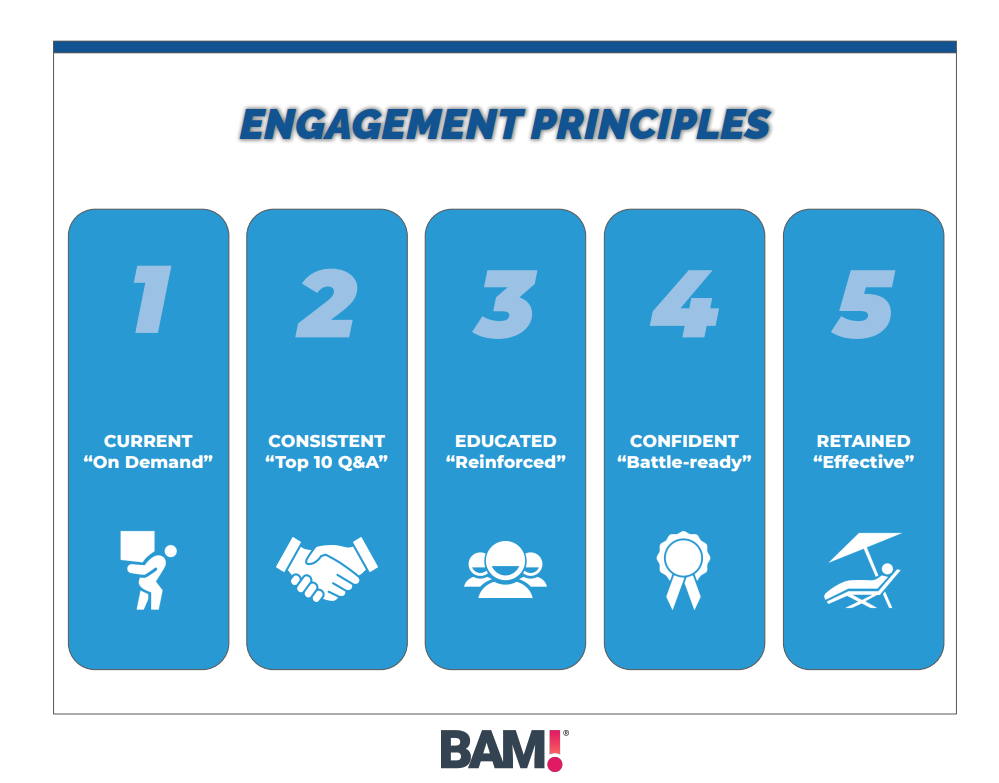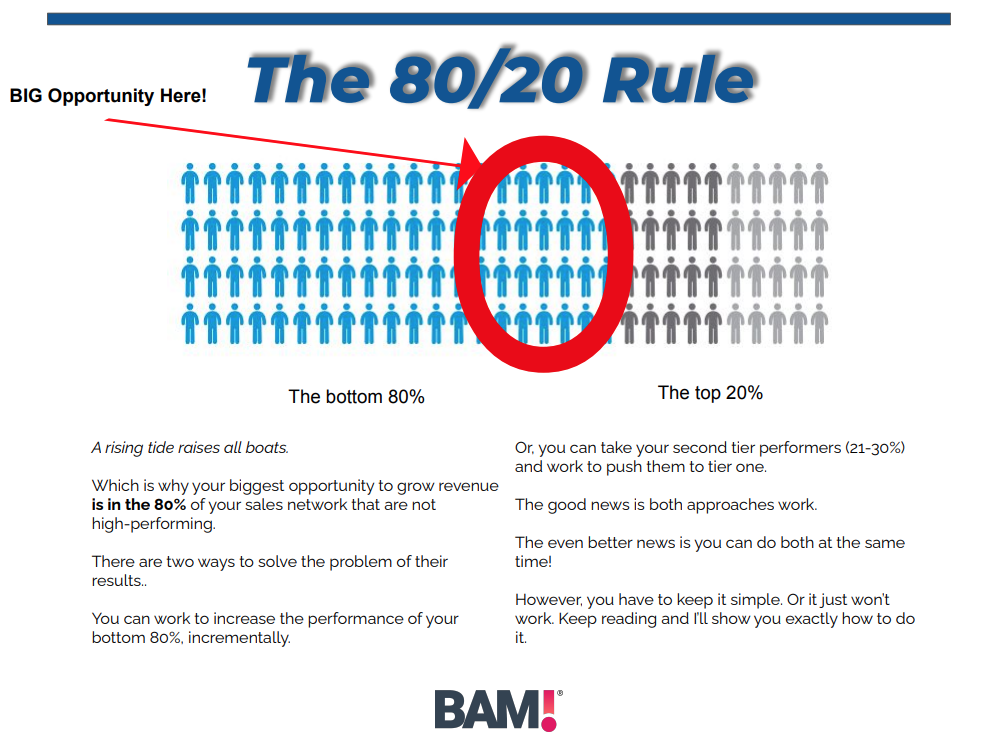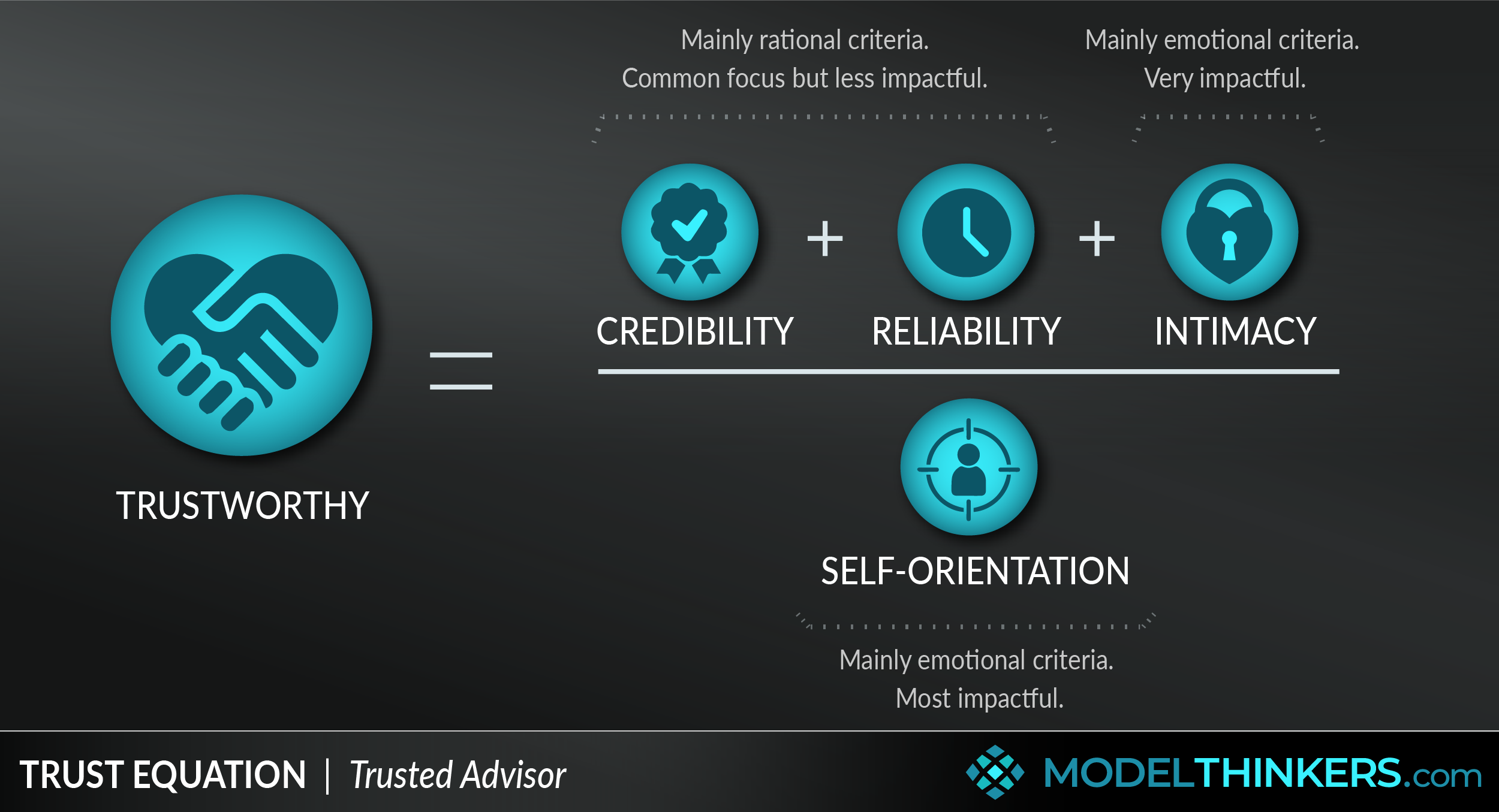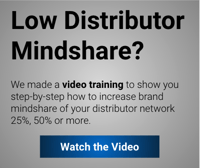How to Consistently and Effectively Grow Outside Sales
The good news is it IS possible to growth your outside sales network (including independent third parties like dealers and distributors) with a specific blueprint that makes it possible to repeat over and over as you grow.
The part of this that most companies get wrong is the process piece. When there isn’t an existing way to do something, it can feel hard to figure out and it’s easy to get it wrong.
It requires new thinking. Innovation.
Fortunately, through our work with hundreds of companies, we created a road map you can follow to create predictable and repeatable success in your sales growth engine.
Two two key parts here are the three Transformation Pillars and the 5 C’s.
Transformation Pillar #1: Emerson’s Law of Compensation
In his essay “Compensation” (c. 1841), Emerson made a timeless observation. “Each person is compensated in like manner for that which he or she has contributed.”
In other words, the move you give, the more you get.
Transformation Pillar # 2: Trust
The level of trust you have is proportional to the levels of trustworthiness, credibility, reliability, integrity and intimacy, while inversely proportional to your self-orientation.
This is critical because with your dealers and distributors, you must establish trust first to create a relationship of mutual benefit. You are depending upon them to represent your brand, sell your products, provide service to your customers.
So take care of them as if your business depends on it (and it does).
Transformation Pillar # 3: It has to be Easy

The harder and more complex you make a task to perform for your front-line sellers, the less likely they are to do it.
Why would you make it hard to sell?
Selling is already hard enough. Distributors will be more effective, more confident, if they can follow a by the numbers system.
To make it really easy you have tools you can put in your tool box:
- Playbooks
- Questions to ask customers
- Answers to frequently asked customer questions
- Battle Cards
Sales Growth Framework – the 5 C’s
Are successful sales people born or made?
Well, there are certainly some who are born to be sales stars. They have such a way with people, it just clicks. It could be a natural charm or charisma or it could be the ability to tell powerful stories. It depends on the product and the sales process.
But there are a also a lot of people who just need a little help. A system, a guide, a framework.

And that’s where the 5 C’s come in.
- Current – you can’t sell with outdated information
- Consistent – you can’t get repeatable results without a process
- Consultative (Educated) – you can’t understand a buyer’s situation without asking the right questions
- Confident – you can’t win over a client unless you project confidence
- Capable – you can’t achieve your potential in one dimension
The Pareto Principle or "80/20 Rule"
Only 20% of dealers and distributors are “high-performing” according to the manufacturers whose goods they sell.
Why is that? It usually comes down to a few reasons.
- Keeping distributors up to date on products is difficult with a geographically distributed network
- Training is hard to coordinate across geographies, so many reps are left without proper training
- Buyers are more informed than ever, making it particularly difficult for reps to be proactive

And that’s why we built the BAM! – to create a platform that could be a single repository instantly accessible via mobile app for the dealer.
The result? All of the information needed to support customers in their buying cycle.
READY TO LEARN MORE?
Download our Featured Resource: The Free Distributor Engagement Builder
ADDITIONAL RESOURCES
Reach out with any questions if you want to see how BAM! can help your business increase marketing and sales productivity.





